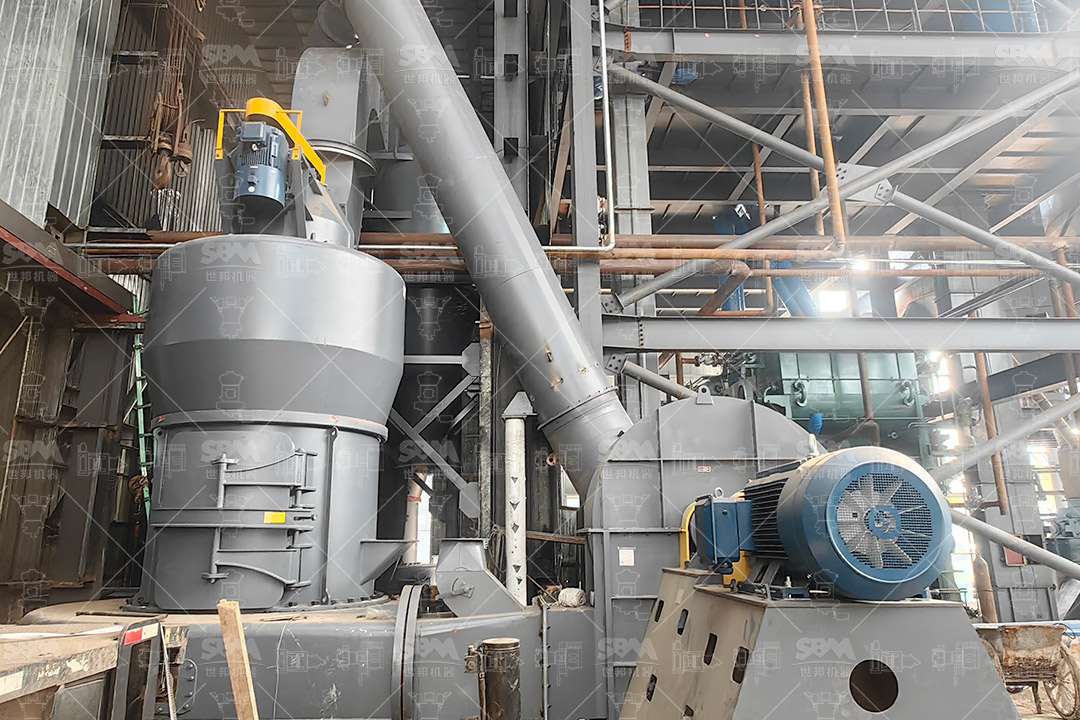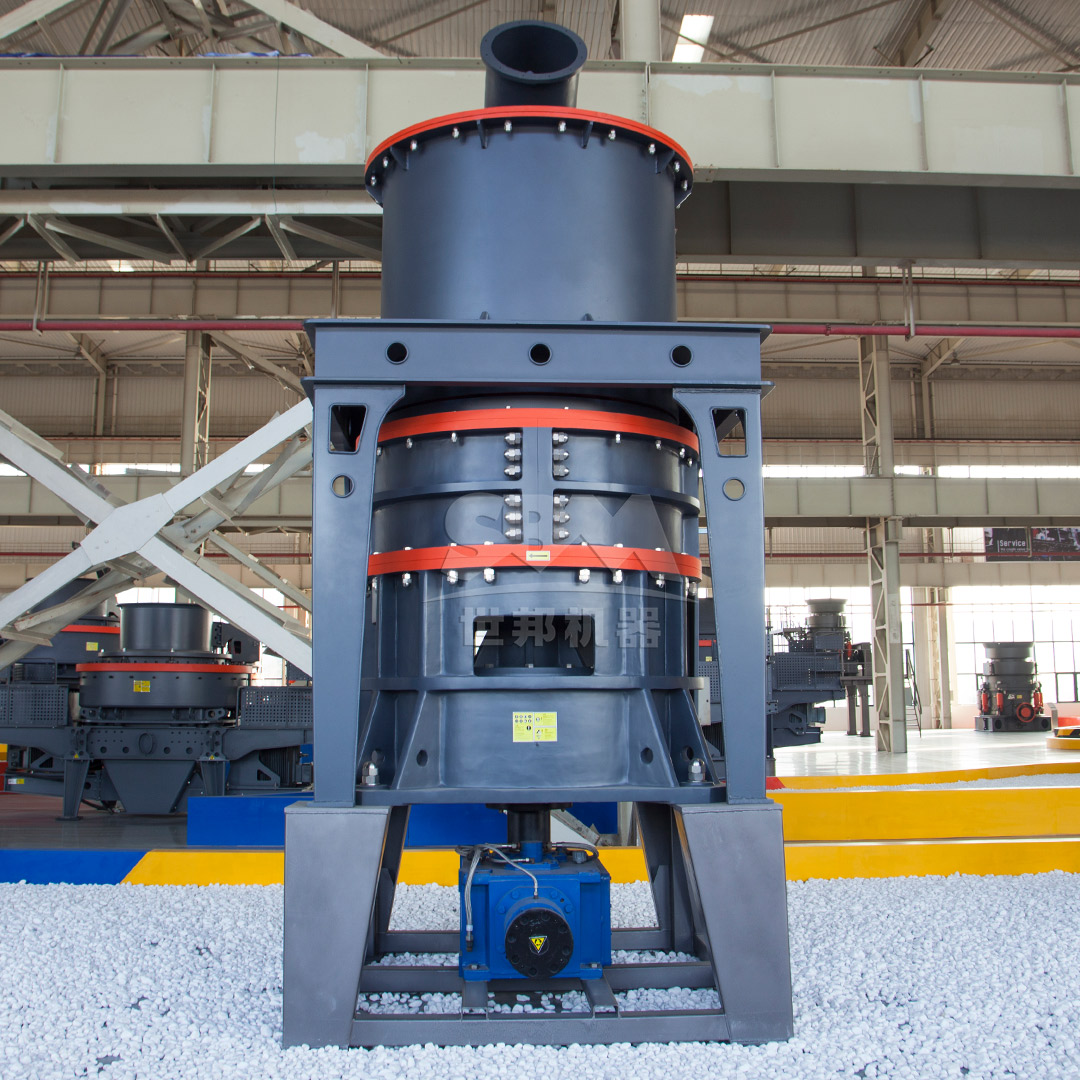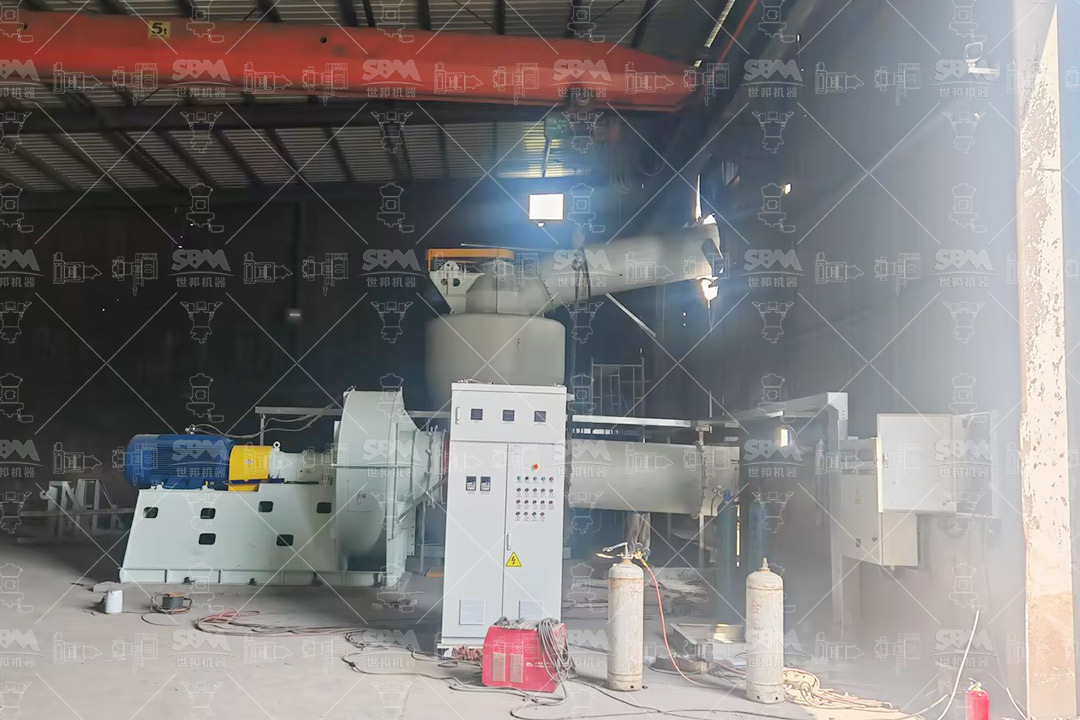Thermal power generation remains a cornerstone of global energy production, with coal-fired plants accounting for a significant portion of electricity supply. The efficiency of these plants is heavily dependent on the coal preparation process, specifically pulverization. Coal pulverizers, or coal mills, are critical for grinding raw coal into fine powder, ensuring optimal combustion in the boiler. This process directly impacts fuel efficiency, operating costs, and emissions. Inefficient pulverization leads to unburned carbon, higher fuel consumption, and increased greenhouse gas emissions. This article explores the importance of energy-efficient coal pulverizers, their technological advancements, and how they contribute to reducing operating costs and emissions in thermal power plants.
Modern pulverizers must balance high grinding efficiency, low energy consumption, durability, and environmental compliance. With stringent emissions regulations and rising fuel costs, power plants are increasingly seeking advanced pulverization solutions that enhance performance while minimizing environmental impact. This article delves into the key technologies and innovations driving the evolution of coal pulverizers, with a focus on practical applications and benefits for thermal power generation.
Coal pulverizers are designed to crush and grind coal into fine particles, typically ranging from 45 to 325 mesh (approximately 5 to 45 micrometers). The fineness of coal powder is crucial for efficient combustion, as it increases the surface area exposed to oxygen, promoting complete burning. Incomplete combustion results in wasted fuel, higher carbon emissions, and increased ash handling costs. Therefore, the performance of pulverizers directly affects the overall efficiency of a power plant.
Traditional pulverizers, such as ball mills and Raymond mills, have been widely used but often suffer from high energy consumption, limited adjustability, and significant maintenance requirements. Advances in grinding technology have led to the development of more efficient systems, including vertical roller mills, ultrafine mills, and trapezium mills, which offer superior energy efficiency, precise particle size control, and reduced operational costs. These innovations are essential for modern power plants aiming to meet environmental standards and improve economic viability.
Coal pulverization faces several challenges, including variability in coal quality, wear and tear on grinding components, and the need for consistent particle size distribution. Hard and abrasive coals can accelerate equipment wear, leading to frequent maintenance and downtime. Additionally, inefficient pulverization can cause uneven burning, slagging, and fouling in boilers, further reducing plant efficiency. Energy consumption is another critical issue, as pulverizers account for a significant portion of a plant’s auxiliary power usage. Addressing these challenges requires robust, adaptive, and energy-efficient pulverizing equipment.
Recent advancements in pulverizer design focus on enhancing energy efficiency, durability, and environmental performance. Key innovations include intelligent control systems, advanced materials for wear parts, optimized airflow dynamics, and integrated classification technologies. These features enable pulverizers to achieve higher throughput with lower energy input, reduce maintenance intervals, and minimize emissions.
One notable advancement is the use of vertical roller mills (VRMs) for coal grinding. VRMs employ a bed crushing principle, where rollers press against a rotating table to pulverize coal. This method is more energy-efficient than traditional ball mills, as it reduces friction and heat generation. VRMs also offer better particle size distribution and easier adjustment of product fineness. Another innovation is the integration of dynamic classifiers, which ensure precise control over particle size, reducing unburned carbon and improving combustion efficiency.
Energy efficiency is a primary concern in pulverizer design. Modern mills incorporate features such as regenerative drives, high-efficiency motors, and optimized grinding geometries to minimize power consumption. Smart control systems play a crucial role by continuously monitoring operating parameters like feed rate, grinding pressure, and product fineness. These systems use real-time data to adjust settings automatically, ensuring optimal performance under varying conditions. For example, if coal hardness increases, the control system can increase grinding pressure to maintain output quality without manual intervention.
Additionally, advanced pulverizers often include energy recovery systems, such as waste heat utilization or improved airflow management, to further reduce energy usage. By leveraging these technologies, power plants can achieve significant reductions in operating costs and carbon footprint.
Among the advanced pulverizers available, the LM Series Vertical Roller Mill stands out for its exceptional efficiency and reliability in coal grinding applications. This mill is designed to handle a wide range of coal types, from bituminous to sub-bituminous and lignite, with input sizes up to 50mm and output fineness adjustable from 30 to 325 mesh. Its compact, integrated design reduces footprint and installation costs, making it ideal for both new plants and retrofits.
The LM Vertical Roller Mill operates on the principle of material bed comminution. Coal is fed centrally onto the grinding table, where it is crushed by rollers under hydraulic pressure. The ground coal is then dried and classified by an integrated dynamic separator, with fine particles carried by airflow to the collection system. This process ensures uniform particle size distribution and high grinding efficiency. The mill’s robust construction, featuring wear-resistant rollers and table liners, extends service life and reduces maintenance needs.

For thermal power plants seeking to enhance pulverization efficiency, the LM Vertical Roller Mill provides a proven solution that balances performance, cost, and sustainability. Its ability to handle diverse coal qualities while maintaining consistent output makes it a valuable asset in modern power generation.
For applications requiring ultra-fine coal powder, such as advanced combustion systems or coal-water slurry preparation, the SCM Ultrafine Mill offers unparalleled performance. This mill achieves output fineness from 325 to 2500 mesh (D97 ≤5μm), with capacities ranging from 0.5 to 25 tons per hour depending on the model. Its precision grinding and classification capabilities make it ideal for specialized coal processing needs.
The SCM Ultrafine Mill utilizes a multi-layer grinding ring and roller system, driven by a central motor. Coal is fed into the grinding chamber and subjected to centrifugal force, spreading evenly across the grinding path. The rollers exert pressure to crush the coal, with finer particles ascending for classification by a vertical turbine classifier. This ensures accurate particle size cut-off without coarse contamination. The mill is equipped with a pulse dust collector and noise reduction features, ensuring clean and quiet operation.

Thermal power plants can leverage the SCM Ultrafine Mill to achieve superior coal fineness, improving combustion efficiency and reducing emissions. Its compact design and automated controls further simplify integration into existing systems.
Investing in energy-efficient coal pulverizers yields substantial economic and environmental benefits. Reduced energy consumption directly lowers electricity costs for auxiliary equipment, while improved combustion efficiency decreases fuel consumption per unit of power generated. This translates to significant cost savings over the equipment’s lifespan. Moreover, lower maintenance requirements reduce downtime and repair expenses, enhancing overall plant availability and profitability.
From an environmental perspective, efficient pulverizers contribute to lower greenhouse gas emissions by minimizing unburned carbon and optimizing combustion. Reduced dust and noise emissions also improve workplace safety and regulatory compliance. As global emphasis on carbon reduction intensifies, adopting advanced pulverization technology becomes imperative for power plants to remain competitive and sustainable.
| Parameter | Traditional Ball Mill | LM Vertical Roller Mill | SCM Ultrafine Mill |
|---|---|---|---|
| Energy Consumption (kWh/t) | 25-30 | 15-20 | 10-15 |
| Output Fineness (mesh) | 45-325 | 30-325 | 325-2500 |
| Capacity Range (t/h) | 0.65-450 | 3-90 | 0.5-25 |
| Maintenance Interval (hours) | 500-1000 | 2000-3000 | 3000-5000 |
| Dust Emissions (mg/m³) | 50-100 | <20 | <10 |
The table above compares key parameters of traditional and advanced pulverizers, highlighting the superior performance of modern solutions like the LM and SCM mills. These advancements enable power plants to achieve higher efficiency, lower costs, and better environmental outcomes.
When upgrading or selecting coal pulverizers, power plants must consider several factors to ensure optimal performance. Coal characteristics, such as hardness, moisture content, and grindability, influence the choice of mill type and size. Plant layout and space constraints may favor compact designs like vertical roller mills. Additionally, integration with existing systems, such as feeders, classifiers, and dust collectors, requires careful planning to avoid bottlenecks.
Operational training and support are also critical. Advanced pulverizers often feature automated controls and monitoring systems, necessitating skilled personnel for operation and maintenance. Partnering with experienced suppliers who provide comprehensive technical support and spare parts services can smooth the transition and maximize equipment lifespan.

Finally, economic analysis should account for total cost of ownership, including initial investment, energy savings, maintenance costs, and environmental benefits. While advanced pulverizers may have higher upfront costs, their long-term savings and performance advantages often justify the investment.
Energy-efficient coal pulverizers are pivotal in enhancing the performance and sustainability of thermal power generation. By adopting advanced technologies like the LM Vertical Roller Mill and SCM Ultrafine Mill, power plants can achieve significant reductions in operating costs, energy consumption, and emissions. These pulverizers offer robust, reliable, and eco-friendly solutions tailored to modern coal processing needs.
As the energy sector evolves towards greater efficiency and environmental responsibility, investing in state-of-the-art pulverization equipment becomes not only a strategic advantage but a necessity. Power plants that embrace these innovations will be better positioned to meet future challenges, regulatory requirements, and market demands, ensuring long-term viability and contribution to a cleaner energy landscape.